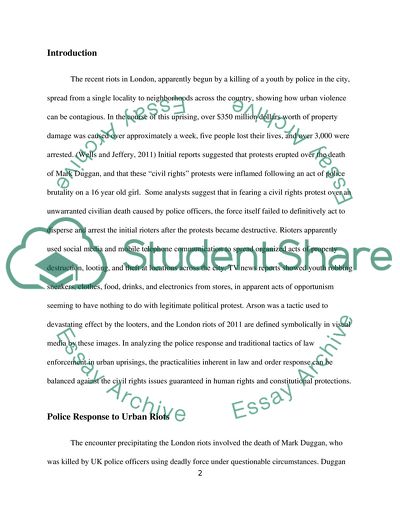Cite this document
(Police Tactics and Use of Force Policies in Urban Riots Research Paper, n.d.)
Police Tactics and Use of Force Policies in Urban Riots Research Paper. Retrieved from https://studentshare.org/social-science/1756770-discuss-issues-related-with-the-police-and-use-force-policies
Police Tactics and Use of Force Policies in Urban Riots Research Paper. Retrieved from https://studentshare.org/social-science/1756770-discuss-issues-related-with-the-police-and-use-force-policies
(Police Tactics and Use of Force Policies in Urban Riots Research Paper)
Police Tactics and Use of Force Policies in Urban Riots Research Paper. https://studentshare.org/social-science/1756770-discuss-issues-related-with-the-police-and-use-force-policies.
Police Tactics and Use of Force Policies in Urban Riots Research Paper. https://studentshare.org/social-science/1756770-discuss-issues-related-with-the-police-and-use-force-policies.
“Police Tactics and Use of Force Policies in Urban Riots Research Paper”, n.d. https://studentshare.org/social-science/1756770-discuss-issues-related-with-the-police-and-use-force-policies.


